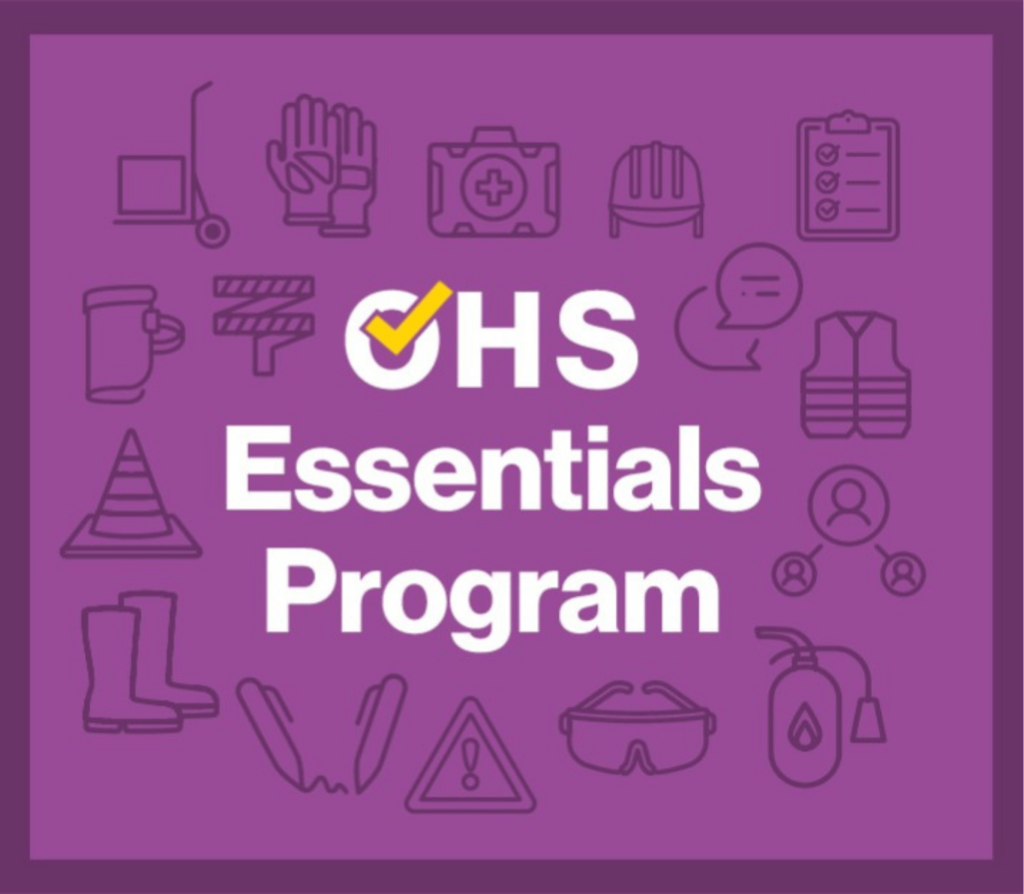The Looking to the future report on senior secondary pathways into work, further education and training has now gone public.
Chaired by Professor Peter Shergold, it suggests a range of ways these pathways could be made to work better.
The review
In June 2019, Education Council appointed Professor Peter Shergold AC to Chair a review to explore the efficacy of senior secondary education in preparing young people for future pathways, work and learning. In addition, the review was tasked with “investigating current certification and university entrance requirements; considering barriers to equitable access of pathways; and examining best-practice options for the students transitioning between senior secondary years and from school into work, training or further study.” Its website provides access to a discussion and background paper, the submissions made to the review, and the final report.
The key messages
In its 177 pages, there are a few major take-home messages and a number of really interesting case studies. First, they believe substantive change is needed and some pretty profound challenges need to be overcome. So, as usual, there is no easy solution.
Secondary education should not only be doing its bit to help its graduates to be employable, it also needs to play its part in helping them to be adaptable, flexible and confident and to become capable of being lifelong learners, the review report says. It suggests eight key outcomes and the 200 odd submissions they received led them to make 20 recommendations.
The eight ‘success outcomes’
First, all students should leave school with essential foundational skills: literacy, numeracy and digital literacy, developed and with sound career education and the opportunity to explore work options that will help them make informed decisions. It suggests that:
“Students and their parents [need to] have access to earlier, more regular and intensive career advice” informed by knowledge of the future labour market and delivered both face-to-face and online.”
The review also suggests that schools need “strong partnerships with industry.”
Graduating students need to be able to understand and show how they have developed as individuals. So, the review suggests that they need to leave school with a ‘learner profile’ that helps them document and understand the range of their skills, knowledge and experiences they have acquired inside and outside of school, including “from work experience, volunteering and personal achievement” and this will help them begin to develop a ‘living’ digital ‘education passport’ focused on documenting lifelong learning and workplace experiences in the longer term.
Finally, they propose that Government policies need to be informed by evidence, and pathways will be informed by the big data analysis from the Unique Student Identifier and improved data integration across tertiary education so we really know how the system and pathways actually work. We’ll explore what is known about these pathways in an article in the next issue.
Findings and recommendations
One of the most important findings proposes building more flexible pathways from schools and so this is where reforms in tertiary education, such as those suggested by the Mitchell Institute, become important. The 5th of the 20 recommendations the Review makes is that:
“Senior secondary certification requirements and the way learning is packaged should be restructured so that students are not presented with a binary choice between vocational or higher education pathways.”
Other recommendations focus on the needs of those students with disabilities and that the
“Education Council should establish a national Transition from School Program that, through a range of collaborative demonstration projects, would trial and evaluate new approaches to supporting vulnerable and at-risk students as they prepare to leave school.”
Finally, they propose that “cultural competencies and experiences of Aboriginal and Torres Strait Islander students … be recognised as a key part of their Learner Profiles.”
The review commissioned some work too!
In addition to the resources hyperlinked above the review also consolidated some work for the Longitudinal Survey of Australian Youth (LSAY), including a literature review and supplementary report, some perceptions about apprenticeships, and a rural and regional living survey.
It will be interesting to see how much of this review is taken up and implemented by Governments.








